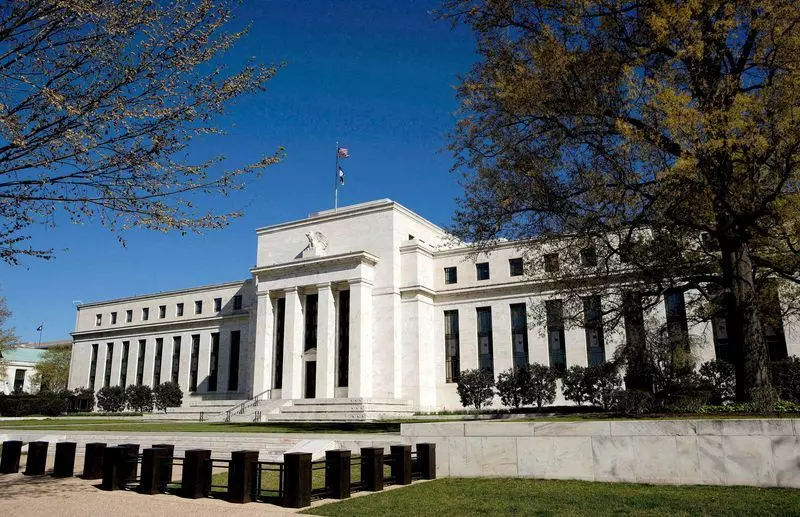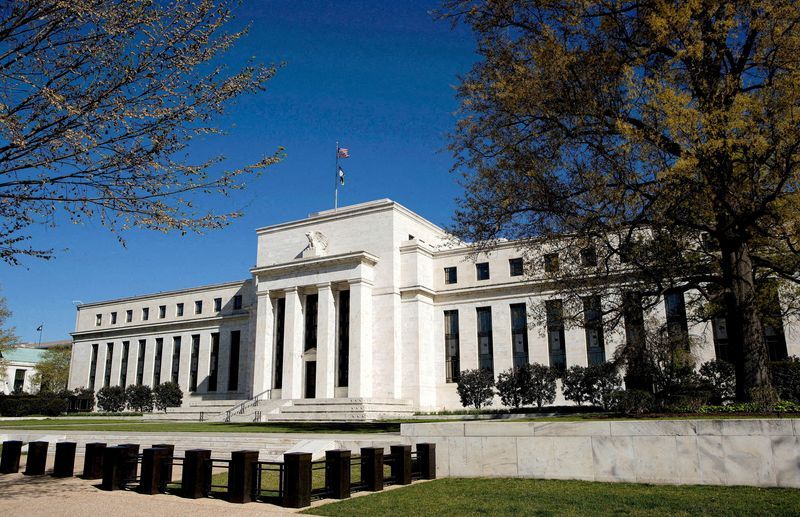Fed cuts rates by half a percentage point


In a significant move that has sent ripples through various sectors of the economy, the Federal Reserve announced a half-percentage point cut in interest rates. This decision, articulated by economists Howard Schneider and Ann Saphir, comes at a time when many are looking for signs of stability in the financial landscape. The implications of this rate cut extend beyond Wall Street; they have profound effects on the real estate market that both buyers and sellers should closely monitor.
### Understanding the Rate Cut
The Federal Reserve's decision to lower interest rates is aimed at stimulating economic growth amid concerns about slowing inflation and potential downturns in consumer spending. By making borrowing cheaper, the Fed hopes to encourage businesses to invest, consumers to spend, and ultimately boost economic activity. For prospective homebuyers, this could mean more favorable mortgage rates, which can significantly affect affordability.
### Impact on Mortgage Rates
One of the most immediate effects of a rate cut is seen in mortgage rates. Typically, when the Fed lowers interest rates, lenders follow suit by reducing their mortgage rates as well. This creates an opportunity for potential homebuyers who may have been hesitant due to high borrowing costs. A lower mortgage rate can lead to substantial savings over the life of a loan; even a half-percentage point reduction can translate into hundreds or thousands of dollars saved.
For example, consider a $300,000 mortgage with a 30-year term. A reduction from 4% to 3.5% would lower monthly payments by approximately $100 and save over $30,000 in interest payments over the life of the loan. Such savings can make homeownership more accessible for first-time buyers or those looking to upgrade their living situation.
### Increased Competition Among Buyers
As mortgage rates drop and affordability improves, we can expect an uptick in demand for homes. More buyers entering the market could lead to increased competition, particularly in desirable neighborhoods where inventory may already be limited. Sellers might find themselves in a favorable position as bidding wars become more common.
However, this surge in demand could also exacerbate existing challenges such as low housing inventory. Many markets are still grappling with supply issues stemming from previous construction slowdowns and rising material costs. As more buyers compete for fewer homes, prices may rise further, potentially offsetting some of the savings gained from lower mortgage rates.
### Implications for Real Estate Investors
For real estate investors, the Fed's rate cut presents both opportunities and challenges. Lower borrowing costs can enhance cash flow on investment properties since financing becomes cheaper. This might encourage investors to take advantage of current market conditions by acquiring additional properties or refinancing existing ones to improve their cash positions.
However, seasoned investors should also keep an eye on market trends that may arise from increased buyer activity. If prices begin to escalate rapidly due to heightened demand, it could create an overheated market that might be unsustainable in the long run.
### The Rental Market Dynamics
The rental market is another area that will likely feel the impact of this rate cut. With more people potentially entering homeownership due to lower mortgage rates, demand for rental properties may decrease slightly as some tenants transition into buyers. However, if home prices rise too quickly or if inventory remains low, some individuals may choose to remain renters longer than anticipated.
This dynamic can be beneficial for landlords who may find themselves with stable occupancy rates despite fluctuations in tenant turnover. Additionally, if rental demand remains strong while homeownership becomes less attainable due to rising prices, landlords could see increased rental rates as tenants compete for available units.
### Long-Term Considerations
While immediate reactions are crucial for understanding short-term impacts on real estate markets following a Fed rate cut, it's essential to consider long-term implications as well. Economic conditions often shift based on various factors including employment rates, wage growth, and consumer confidence—all of which influence housing markets over time.
Investors and homeowners alike should remain vigilant about these broader economic indicators while navigating their real estate decisions post-rate cut. Engaging with local real estate professionals can provide valuable insights tailored to specific markets that are experiencing unique trends influenced by these changes.
### Conclusion
The Federal Reserve's recent decision to cut interest rates by half a percentage point represents a pivotal moment for many sectors—most notably real estate. As buyers become more active and investors reassess their strategies amidst changing conditions, staying informed will be key to making sound decisions in this evolving landscape.
Whether you are looking to buy your first home or expand your investment portfolio, understanding how these macroeconomic changes affect local markets will empower you to navigate your journey effectively and capitalize on new opportunities as they arise.
Full Article Source: https://www.investing.com/news/economy-news/with-feds-rate-cut-at-hand-debate-swirls-over-how-big-a-move-3620545
Recent Posts











GET MORE INFORMATION

